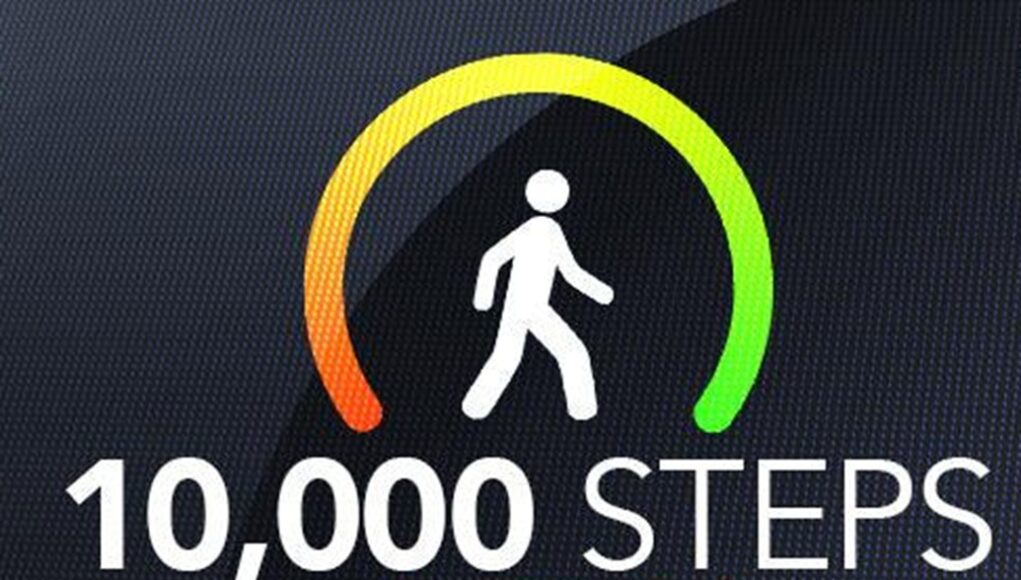10,000 Steps a Day: Myth or Magic? The Truth Behind the Daily Step Goal
In recent years, the idea of walking 10,000 steps a day has become a staple in the world of health and fitness. Pedometers, smartwatches, and fitness apps all push the 10,000-step goal as a daily benchmark for better health, weight loss, and longevity.
But where did this number come from, and is it truly the magic formula for fitness? Or is it simply a myth that stuck?
In this article, we’ll explore the origins of the 10,000-step guideline, analyze what science says about it, and help you determine whether aiming for that number is the right move for your fitness goals—especially if you’re focused on muscle building or fat loss.
Where Did the 10,000 Steps Goal Come From?
Interestingly, the 10,000-step goal didn’t originate from scientific research. It began as a marketing campaign in Japan in the 1960s.
A company selling pedometers, called Yamasa Tokei, created a device named “manpo-kei,” which translates to “10,000 steps meter.” The number was catchy, easy to remember, and quickly became synonymous with being active.
Despite its arbitrary origins, the number stuck. Over time, it became a globally accepted fitness benchmark—even appearing in official health recommendations and corporate wellness programs.

Is 10,000 Steps a Day Backed by Science?
To a degree, yes—but the full picture is more nuanced.
Benefits of Walking More:
Numerous studies confirm that walking is one of the most accessible and beneficial forms of exercise, especially for sedentary individuals or those new to fitness. Regular walking can:
- Improve cardiovascular health
- Support weight loss and fat metabolism
- Reduce the risk of chronic diseases like diabetes and hypertension
- Improve mood and reduce symptoms of depression and anxiety
- Enhance recovery and reduce muscle soreness from strength training
However, the exact number of steps needed to gain these benefits varies based on age, baseline activity level, and fitness goals.
Do You Really Need 10,000 Steps a Day?
Not necessarily. While more movement is generally better, the 10,000-step benchmark isn’t a one-size-fits-all rule.
Research Insights:
- A 2019 study published in JAMA Internal Medicine found that women who walked just 4,400 steps per day had significantly lower mortality rates than those who walked less. Benefits increased up to around 7,500 steps but plateaued beyond that.
- Another study in The Lancet (2022) noted that benefits continue up to about 8,000–9,000 steps per day for most adults, with diminishing returns beyond that point.
So, while 10,000 steps isn’t harmful—and may be ideal for some—it’s not a mandatory threshold for good health.
What Does 10,000 Steps Actually Look Like?
For most people, 10,000 steps equals roughly 5 miles (8 kilometers) of walking per day, depending on stride length. This can equate to about 90 minutes of low-intensity movement spread throughout the day.
Here’s how it might break down:
- Morning walk: 2,000 steps
- Commute, errands, and chores: 3,000 steps
- Lunch walk: 1,500 steps
- Evening stroll or treadmill: 3,500 steps
By breaking it up, it’s more manageable than it seems.
How 10,000 Steps Supports Fat Loss
While walking isn’t as intense as lifting weights or doing HIIT, it plays a powerful role in non-exercise activity thermogenesis (NEAT)—the energy you burn from daily movement that’s not structured exercise.
Increasing your daily steps:
- Boosts calorie burn without adding stress to your body
- Improves insulin sensitivity
- Helps reduce fat storage, especially around the midsection
- Enhances recovery between resistance training sessions
For those trying to lose body fat or maintain a lean physique, walking is a low-impact, sustainable way to increase energy expenditure without draining recovery.
Does Walking 10,000 Steps Help Build Muscle?
Walking by itself doesn’t stimulate muscle growth like resistance training, but it does support muscle-building goals indirectly:
- Promotes blood flow and nutrient delivery to recovering muscles
- Reduces DOMS (delayed-onset muscle soreness)
- Improves joint health and mobility
- Helps maintain leanness, allowing muscle definition to show
If your goal is hypertrophy or strength, walking should complement—not replace—your weight training program.
Who Should Aim for 10,000 Steps a Day?
Ideal For:
- Beginners starting a weight loss journey
- Office workers with sedentary routines
- Anyone looking to improve cardiovascular health
- Fitness enthusiasts using it as active recovery
May Need Less:
- Older adults or individuals with mobility limitations
- People in strength phases who need to manage recovery
- Those already doing high-intensity training several times a week
How to Increase Your Daily Steps
If you’re not hitting 10,000 steps yet, don’t worry. Here are simple ways to add more movement to your day:
- Take a 10-minute walk after each meal
- Park farther away from entrances
- Use the stairs instead of elevators
- Walk during phone calls or meetings
- Set a reminder to move every hour
- Get a dog—they’re excellent accountability partners!
Tracking your steps with a smartwatch or pedometer helps build awareness and encourages consistency.
Quality vs. Quantity: Should You Focus on Step Count or Intensity?
Both matter—but in different ways.
For overall health and fat loss, step count is a great baseline to monitor movement. For fitness progression and muscle development, intensity becomes more important. Resistance training, sprints, and circuits build strength and improve body composition in ways that walking alone cannot.
Use walking as the foundation, and layer in higher-intensity workouts to maximize results.
Final Verdict: Myth or Magic?
10,000 steps a day is not magic—but it’s not a myth either.
It’s a useful goal that encourages daily movement, supports fat loss, improves recovery, and benefits heart health.
While it may not be necessary for everyone, it serves as a simple and effective guideline, especially for those who want to lead a more active lifestyle or shed extra pounds.
Ultimately, the best step count is the one you can sustain consistently. Whether it’s 7,000 or 12,000 steps a day, what matters most is staying active, building habits, and aligning your activity level with your fitness goals.



